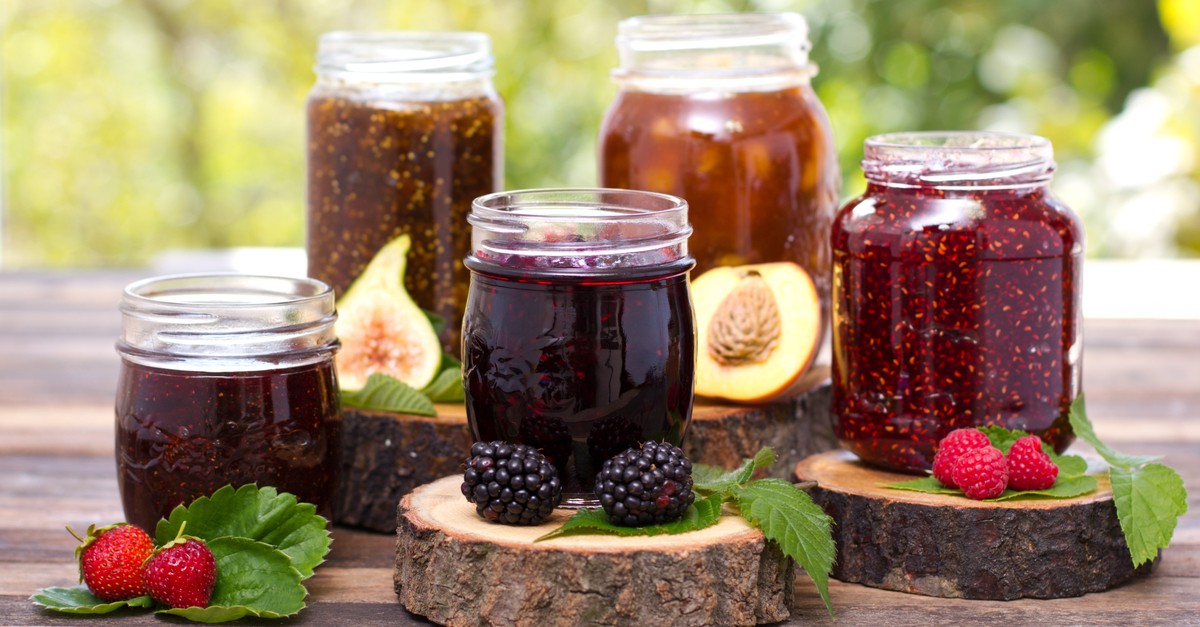The Struggle:
It’s odd how these Ask-A-Chef questions come about. Sometimes there is just an influx of a particular topic. Many times it’s a questions I have never heard before, then within a week I have 3 of the same question. This month it has happened to be about LM pectin and the calcium content needed to make it gel. Here is a bit of insight into my process when covering these questions. Sadly, I do not know the answer to every question off the top of my head. First I check all of our documentation, most of the time that doesn’t lead to the answer to every question. So this leads to the true fun part, reading scintillating peer reviewed scientific journals! As sarcastic as that may have felt, these journals have taught me so much. While they are difficult to get through. I do find solace in being able to take those words and translate them into an easily digestible two to three paragraphs. With that out of the way, let’s get into the meat of this article. We’ve talked a lot about Pectin you can check out those articles here & here. The relationship between calcium and LM pectin is what makes this Ask-A-Chef special. As you may have been able to decipher the question of the day is…
“How does calcium content affect LM pectin?”
Creating Bonds
Quick overview to start off here. LM pectin and amidated LM pectin are Pectins that require calcium to gel. They are used for making low to now sugar jellies or jams. The calcium that is added to the LM pectin works in the same way that the calcium reacts with sodium alginate. The calcium creates bonds within the pectin solution thus creating a network. The gel that is created depends on two factors; sugar content and calcium content. Sugar content and calcium content work in conjunction. If the solution has a higher sugar content, the mixture will require more calcium to gel. For every gram of pectin it only requires 10-30mg of calcium to begin gelling. Now with that being said, more calcium will create a stronger gel. This doesn’t mean you can just add as much calcium as you want. Adding too much calcium will cause the gel to soften. I like to use the ratio of 10-15% of the weight of the pectin. This ratio works for me but every recipe is different so there may be some testing that needs to be done to find the correct texture depending on the sugar content. The best course of action is to make 4 small batches and test them at different calcium content ratios 1%-5%-10%-15%. Then adjust from there. As for the calcium to use every calcium has a different amount of calcium content so it is good to know that first. Something that is higher in calcium content like a calcium hydroxide will gel twice as well as calcium lactate gluconate. The calcium content can be found in the nutrition facts on the back of the packaging. Need a recipe to try that uses LM pectin test out our bacon jam recipe below.
Ready to get Cooking?
Give our Wake’N Bacon Jam recipe a try! Open a jar of savory bacon jam to be immediately transported to a mouth watering place. This savory spread goes beyond mere chutney to bring an intense smoky richness to any dish. As a low sugar alternative to traditional fruit jams, our Wake’N Bacon Jam highlights the layered flavors of bacon and caramelized onions. It takes advantage of the unique properties of LM Pectin and neutral Calcium Lactate to create a jam with little added sugar. Spread on your favorite breakfast sandwich, or revise an old classic with a Modern BLT. Try it on hot dogs, burgers, grilled cheese, or punch up a crostini.



2 Comments.
Hello Chef, I make ready-to-eat tomato sauce. What kind of preservative should I use that won’t change the taste of my sauce?
you can use potassium sorbate as a mold and bacteria inhibitor. We also suggest proper canning techniques to ensure things are properly sanitized, and fallow all local regulatory procedures on food safety.